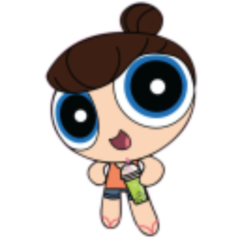The rat game
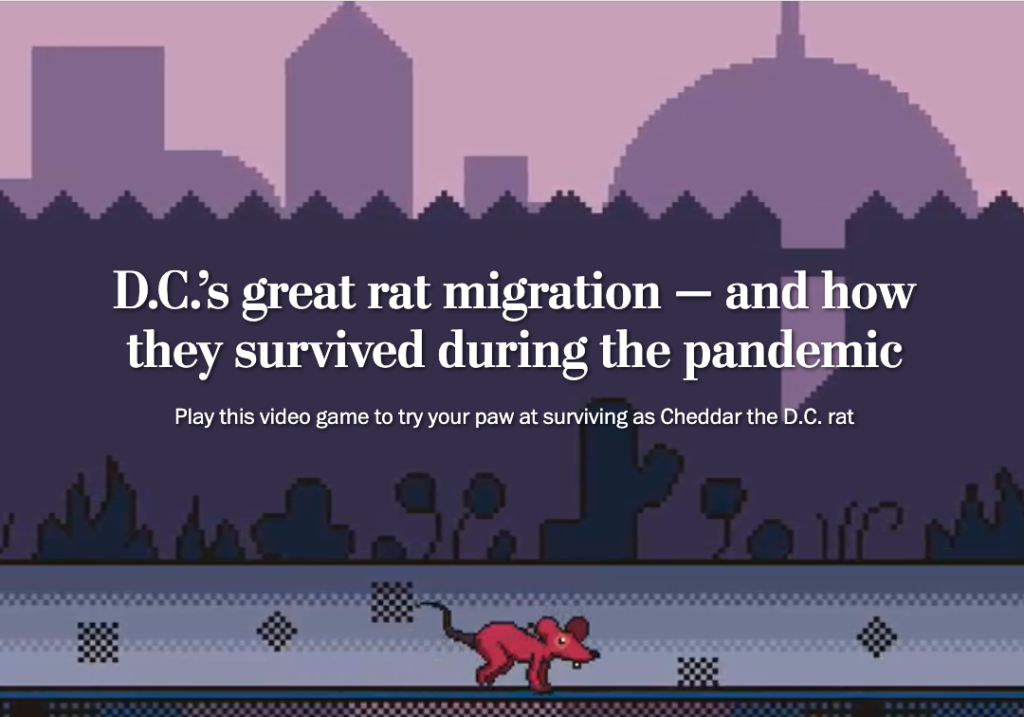
When I moved to D.C. during the pandemic, I expected to see rats. But what interested me was how people of the city interacted with them, almost like rats were part of the culture. When a video went viral of rats scurrying up the walls of a Popeye’s in the middle of the night, I wanted to know more about how rats survived in the city. I pitched making a game about this to my editors and linked up with a reporter on the Metro desk to tell this very D.C. story. In addition to helping report the story, observing rat hunts with city employees and attending Rat Academy, I helped bridge the gap between the words and the visuals. I set up a structure each side could work on before combining efforts to explain the ways rats thrive in different environments within D.C., like a house, an apartment building, a park or garden and a restaurant.
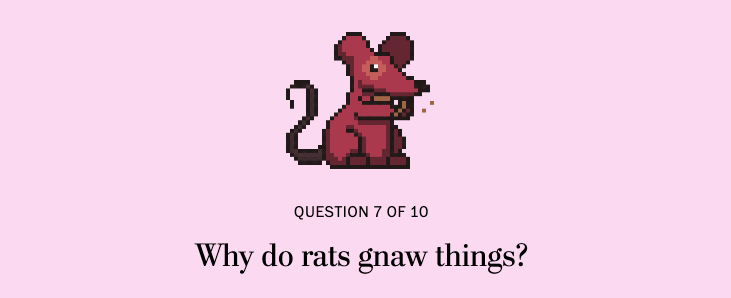
Scattered within the game and story, we wrote up interesting facts we learned about rats throughout our reporting. These facts were the answers to a quiz we created and cross-linked with the game. In part, we wanted to expand the educational aspect of this project but we also wanted to experiment with user interactions to see how many people follow hyperlinks and interstitials and how deep readers get in something that is meant to be engaging and interactive.
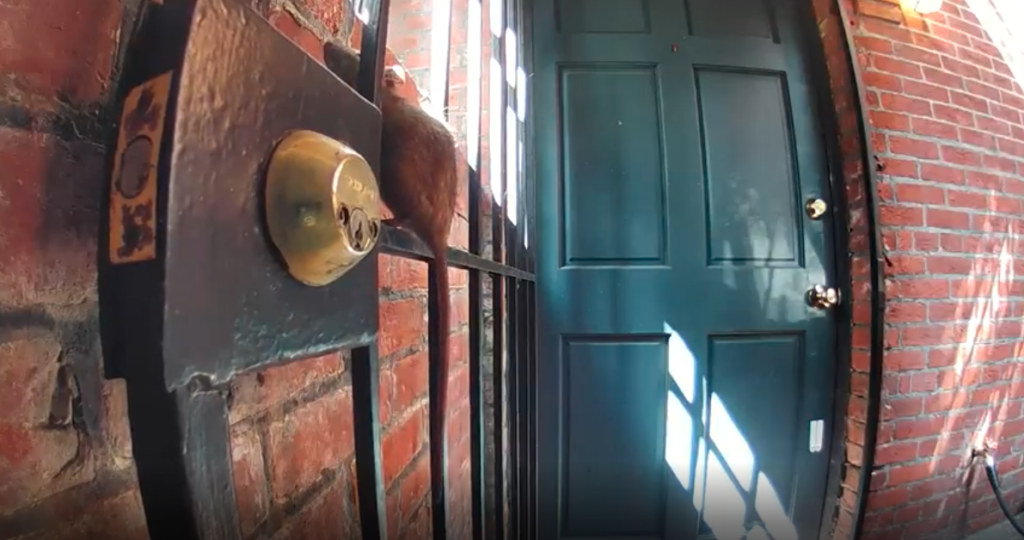
The final piece to this project was a kind of evergreen piece about what to do if you find a rat, dead or alive. I worked with the reporter to gather tips from experts at the local level and from a world famous rodentologist. This part included lots of video we gathered from sources and from our own experiences. The reporter observed a city employee chasing a rat with a shovel before killing it. I contributed footage from my Ring doorbell camera, which showed rats traipsing to and fro in front of my front door.
The Taylor Swift project
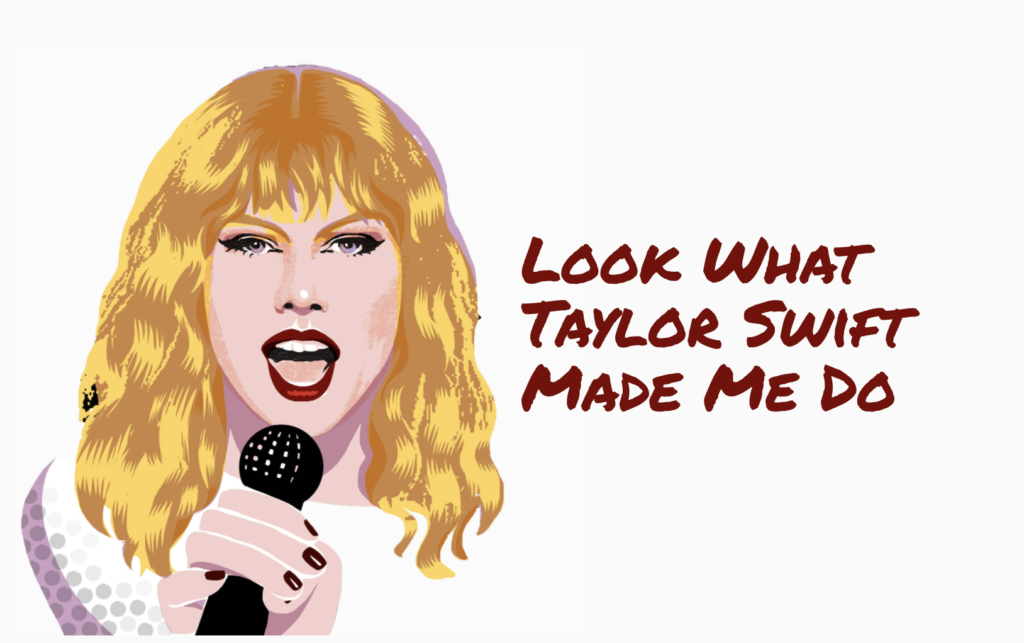
This is an example of how my brain works. Taylor Swift lyrics got lodged in my head and I wondered how they might be related or if her songwriting had changed over the years and genres and whether any of this could be told through data. I worked with the data team at the Tampa Bay Times to create a database of her lyrics and spent a long time counting words and connecting dots, eventually weaving the data with my own narrative.
I wanted to try all kinds of storytelling methods to attract every kind of Taylor Swift fan I could: charts, videos, concert photos, social media. I worked with basically the entire newsroom to produce this story from the ground up and in the end, it provided a workflow that I implemented with other major projects.
It was important to me to get it in front of the target audience, so I joined and posted the story in more than 20 Facebook fan groups, circulated it on Twitter with a thread and participated in a Reddit AMA.
A few days after publishing, and the day of her tour stop in Tampa, the Times got a call from her publicist who said Taylor had read the story and wanted to meet me before the show. I wrote about that as well.
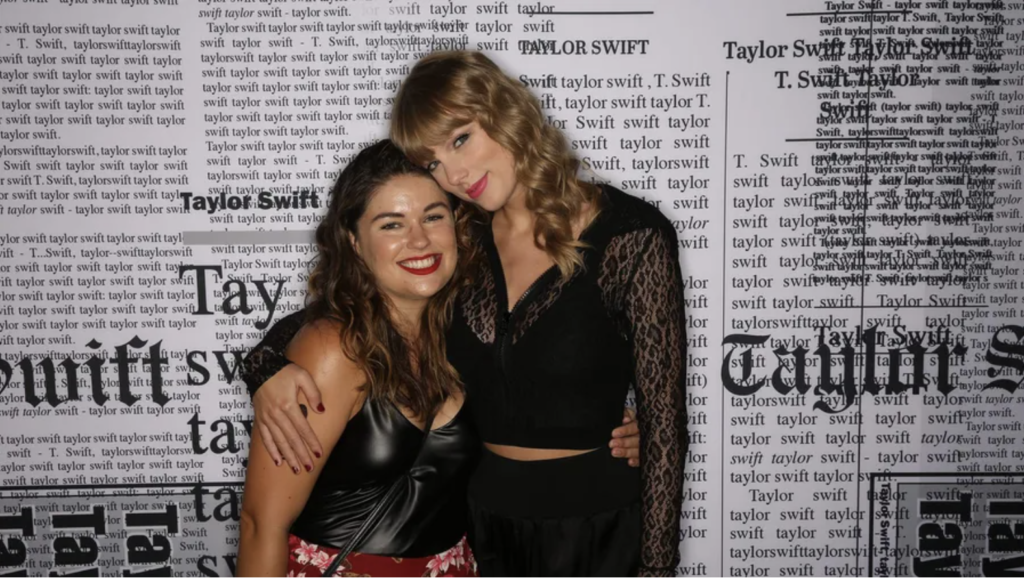
Even after the initial story was finished, I continued to follow up and get it in front of readers. I spoke about the project on the WriteLane podcast, hosted by Lane DeGregory, a Pulitzer-prize journalist at the Times and when Taylor put out her Lover album, I continued the analysis.
